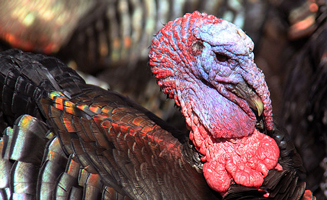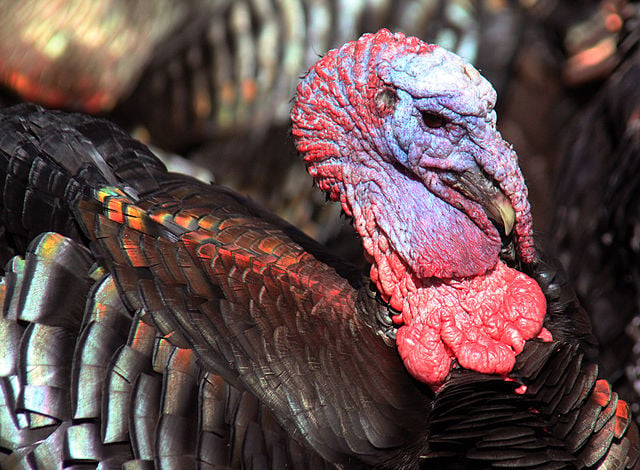

Contributor
- Topics: Archive

Birds (Aves), also known as Avian Dinosaurs, comprise the last surviving group of theropod dinosaurs with approximately 18,000 species. This means that there are more species of dinosaur alive today than there were in the Mesozoic. An especially cool fact: the Tyrannosaurus rex is more closely related to a chicken than it is to a Stegosaurus. Of course, this means that there are developmental biologists out there racing to figure out how to reverse-engineer a chicken; apparently, all you have to do is “turn on” the right genes. Scary, but true.

Not all birds fly, build nests, or sing, but there is one feature that all modern birds share: they are the only animals in the world with feathers. Paleontologists now agree that there were many feathered dinosaurs and non-avian coelurosaurian theropods. These early birds and beasts sported a diversity of feather types, colors, and plumage much like birds today. Feathers, by themselves, are remarkable, as a single feather is composed of more than a million interlocking Velcro-like parts. Feathers did not evolve from the frayed remains of reptilian scales as long believed, but are instead produced by feather follicles, which are miniature tubular developmental organs distributed over the skin of a bird and, based on need, can produce six different types of feathers. All the details of feather growth are novel and have no direct parallels in other animals. Feathers are highly engineered, lightweight, flexible, and strong; they allow birds to fly, swim, and inhabit every continent and habitat in the world.
Bird sex is odd. 97 percent of bird species have evolved to lose the penis. Instead of external sex organs, both sexes of birds have a cloaca, a handy shared vent for their digestive, reproductive, and urinary tracts. Sex for most birds occurs with a “cloacal kiss” which only lasts a second or two, just long enough for the sperm to transfer. The lack of external sex organs has resulted in an immense effort by male birds to woo females, build nests, and out-sing their competition, culminating in the incredible rituals, elaborate dances, and astonishing plumage of passerines, also known as songbirds or perching birds, which form one of the most diverse terrestrial orders and many of our backyard birds.









Responses